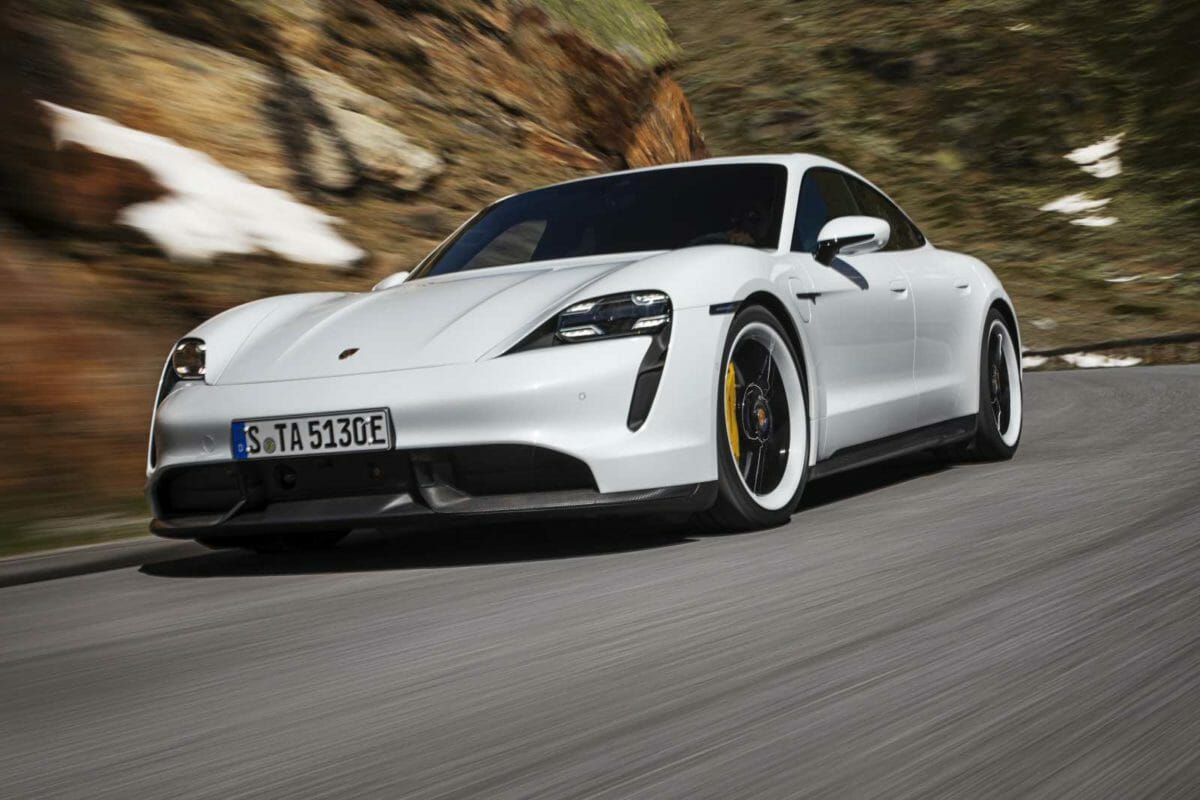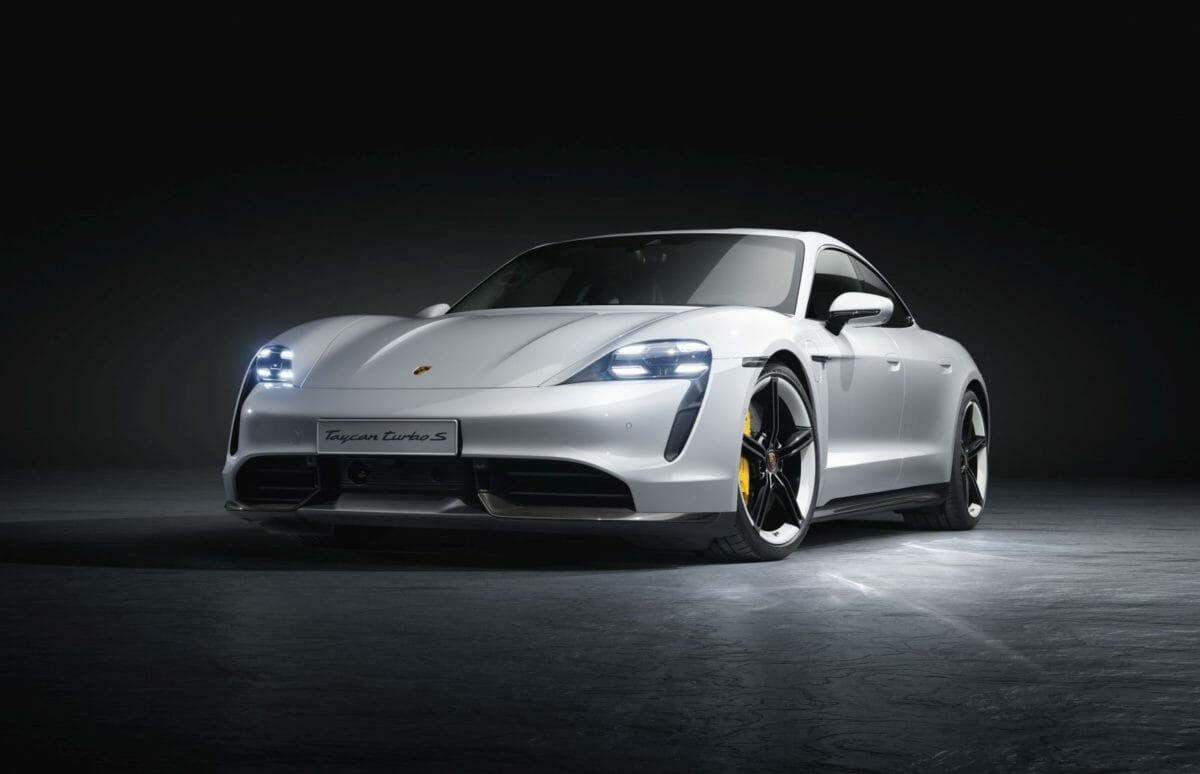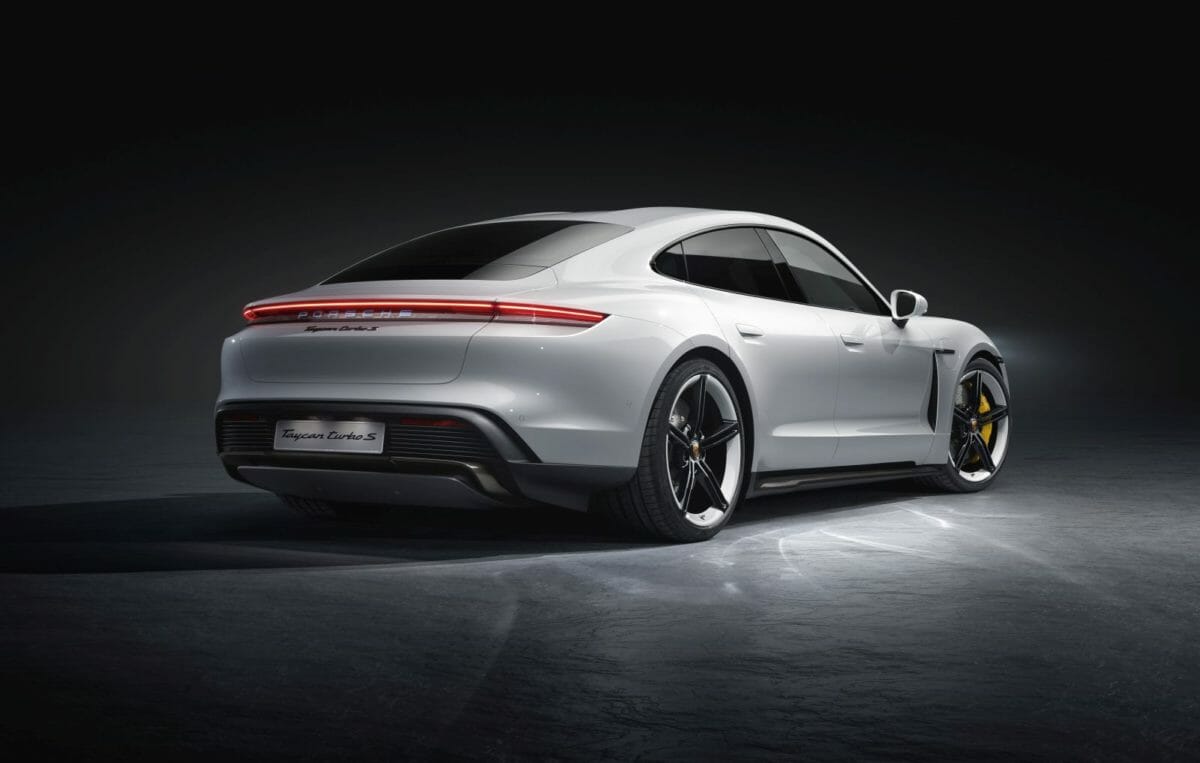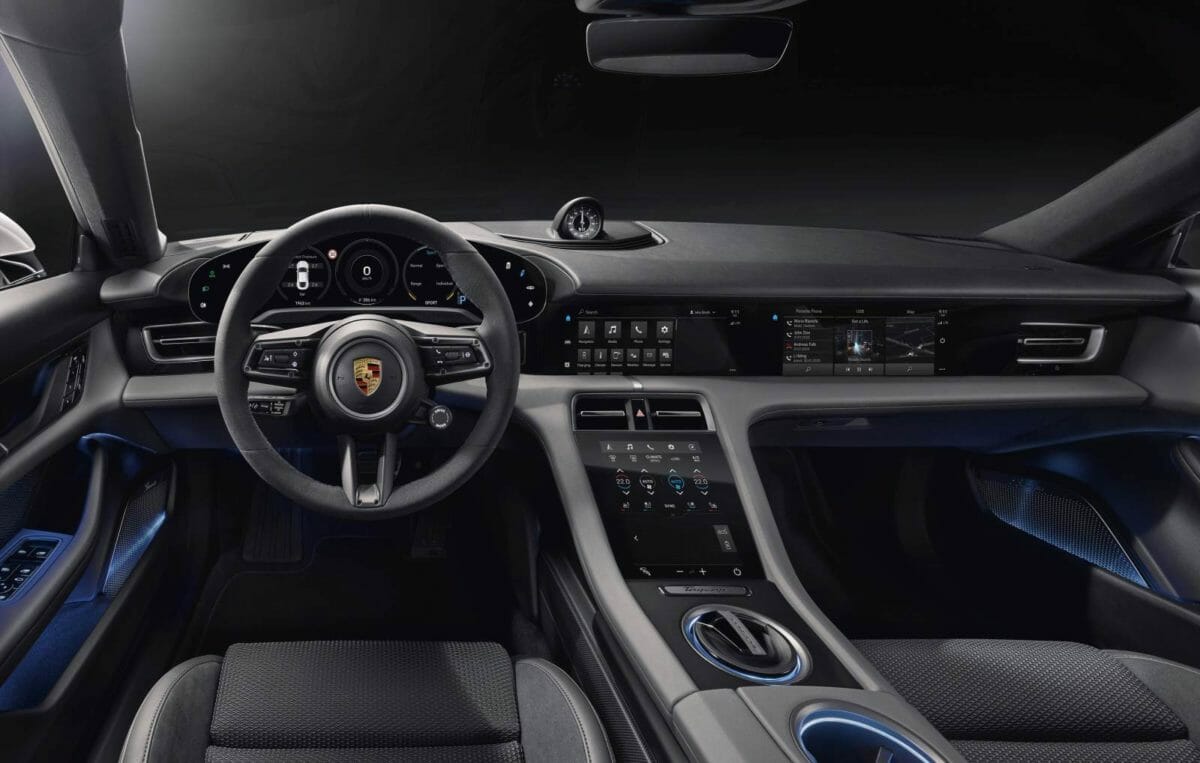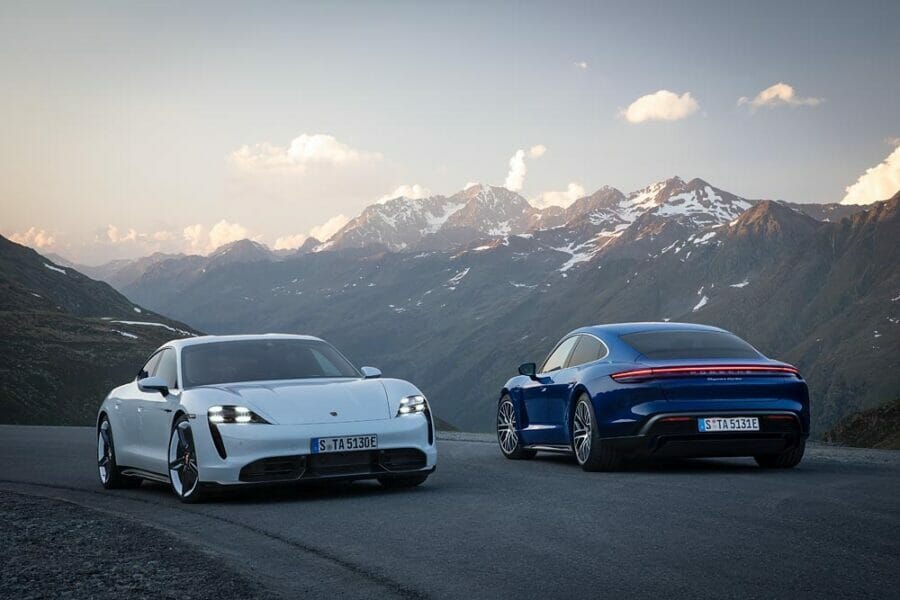After setting a 7:42 time around the Nürburgring-Nordschleife, the Porsche Taycan was revealed as the iconic car maker’s first all-electric production vehicle. The first models in the new series are the Taycan Turbo S and Taycan Turbo. The ‘Turbo’ badging, by the way, is only to highlight the vehicle’s ‘built-for-fast’ intent. Embedded with the best of Porsche E-Performance, less powerful variants of these all-wheel-drive vehicles will follow this year. The first derivative to be added will be the Taycan Cross Turismo at the end of next year.
The Taycan is the first production vehicle with a system voltage of 800 volts instead of the usual 400 volts for electric cars. This is a particular advantage as the car’s battery can be recharged using direct current (DC) from the high-power charging network for a range of up to 100 kilometres in just over five minutes. The charging time for five to 80 per cent SoC (state of charge) is 22.5 minutes for charging under ideal conditions, and the maximum charging power is 270 kW. The overall capacity of the Performance Battery Plus is 93.4 kWh. Taycan owners can also charge their cars with up to eleven kW of alternating current at home.
Since the Taycan is a performance vehicle, the numbers do justify its credentials. The flagship Turbo S version of the Taycan can generate up to 761 hp overboost power in combination with Launch Control, and the Taycan Turbo up to 680 hp. The Taycan Turbo S accelerates from zero to 100 km/h in 2.8 seconds, while the Taycan Turbo completes this sprint in 3.2 seconds. The Turbo S has a range of up to 412 kilometres, and the Turbo a range of up to 450 kilometres. The top speed of both all-wheel-drive models is limited to 260 km/h.
Also Read: Porsche Taycan Is Now The Fastest Four-Door Electric Sedan Around The Nürburgring-Nordschleife
The Taycan’s design is clean and had it not been for the wheels, it’s difficult to tell if it’s an electric car. From the front, it looks particularly wide and flat with highly contoured wings. The silhouette is shaped by the sporty roofline sloping down to the rear. The sculpted side sections are also characteristic and the pronounced shoulders of the wings result in a sharply emphasised rear, typical of the brand. There are also innovative elements such as the glass-effect Porsche logo, which has been integrated into the light bar at the rear. With a Cd value from 0.22, the aerodynamically optimised basic shape makes a significant contribution to low energy consumption and thus a longer range.
Inside, the cockpit follows a completely new architecture. The free-standing, curved instrument cluster forms the highest point on the dashboard. A central, 10.9-inch infotainment display and an optional passenger display are combined to form an integrated glass band in a black-panel look. The number of classic hardware controls such as switches and buttons has been greatly reduced. Instead, control is intelligent and intuitive – using touch operation or the voice control function, which responds to the command “Hey Porsche”. With the Taycan, Porsche offers an entirely leather-free interior for the first time. Interiors made from innovative recycled materials underscore the sustainable concept of the electric sports car. Recesses in the battery in the rear footwell – ensure sitting comfort in the rear and allow the low vehicle height typical of sports cars. Two luggage compartments are available: the front compartment has a capacity of 81 litres and the rear 366 litres.
The Taycan Turbo S and Taycan Turbo have two efficient electric machines, one on the front axle and one on the rear axle, thus making the cars all-wheel drive. The electric machine, transmission and pulse-controlled inverter are each combined into a compact drive module. The modules have the highest power density (kW per litre of package space) of all-electric powertrains on the market today. A special feature of the electric motors is the “hairpin” winding of the stator coils. This technology makes it possible to incorporate more copper in the stator, increasing power output and torque while maintaining the same component volume. The two-speed transmission installed on the rear axle is an innovation developed by Porsche. First gear gives the Taycan even more acceleration from a standing start, while second gear with a long gear ratio ensures high efficiency and equally high power reserves.
The Taycan also gets integrated Porsche 4D Chassis Control analyses and synchronises all chassis systems in real-time. The innovative chassis systems include adaptive air suspension with three-chamber technology including PASM (Porsche Active Suspension Management) electronic damper control, as well as the Porsche Dynamic Chassis Control Sport (PDCC Sport) electromechanical roll stabilisation system including Porsche Torque Vectoring Plus (PTV Plus). The all-wheel-drive control with two electric motors and the recuperation system are unique. At up to 265 kW, the potential recuperation power is significantly higher than that of competitors.
Driving tests have shown that approximately 90 per cent of everyday braking is performed by the electric machines alone – without the hydraulic wheel brakes being activated. Four driving modes are available: “Range”, “Normal”, “Sport” and “Sport Plus”. In addition, individual systems can be configured as required in the “Individual” mode. Model availability and pricing for the Taycan across the Middle East and Africa region will be announced in the first half of 2020.

